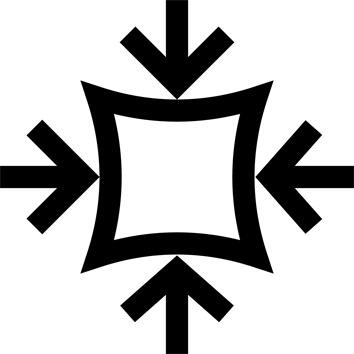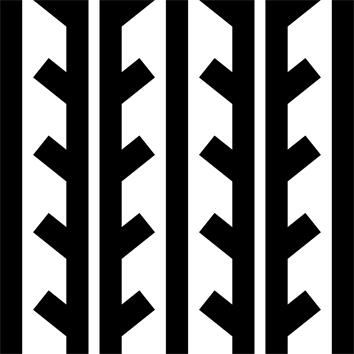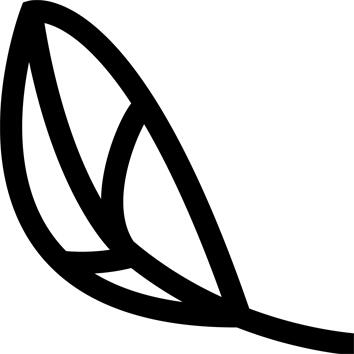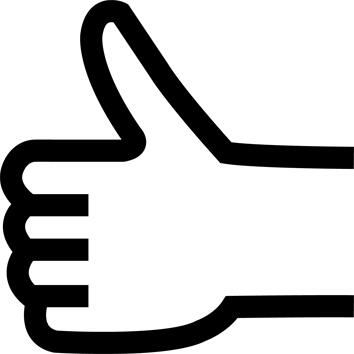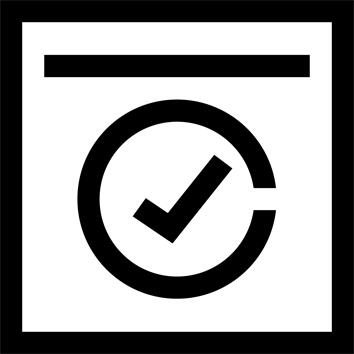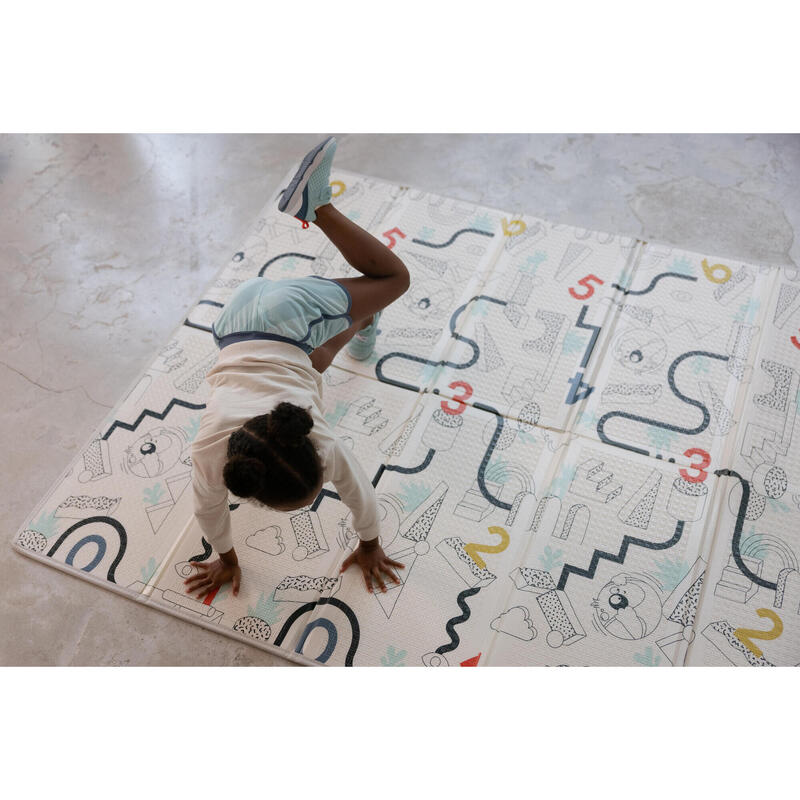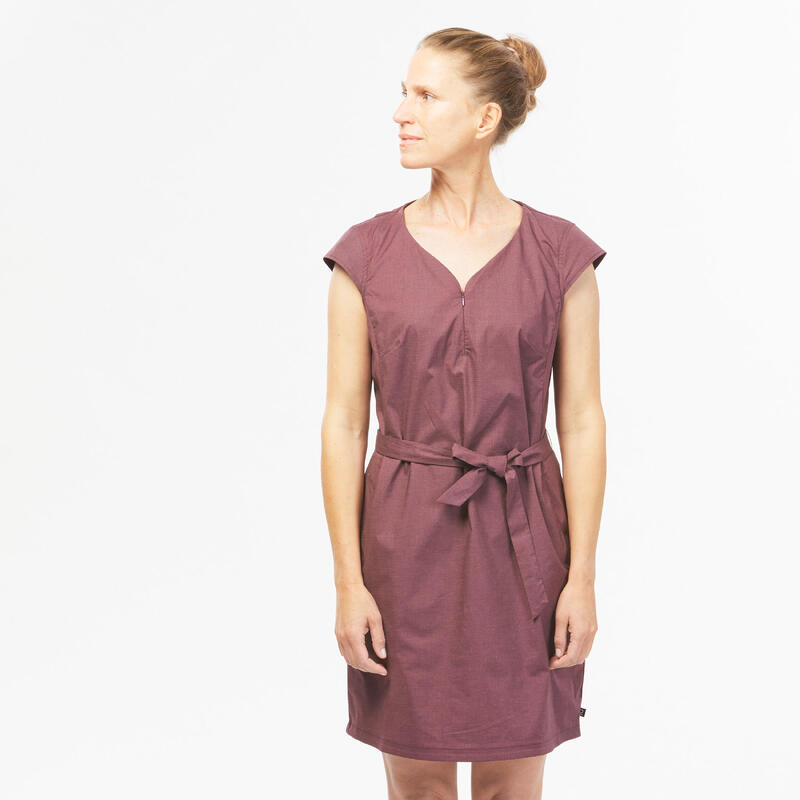How does this mat help your child's psychomotor development?
It provides the child with sufficient
sensory redundancies to activate proprioception;
Proprioception is essential for the acquisition of the major
stages of psychomotor development. This mat enables the child to carry out these actions in complete safety.
In this sense, the tapis d'éveil helps the child's psychomotor development.
This product has been validated by a psychomotricist.
Stages in the acquisition of dynamic balance
Before the age of 4, children must learn to steer their bodies in a given direction, gradually refining their skills by moving their 2 feet forward side by side
By the age of 4, children can walk one foot in front of the other, alternating on a support at least a foot and a half wide.
By the age of 6, children are able to walk one foot in front of the other, heel to toe, on a support at least the width of their own foot.
Psychomotor development :
A child's psychomotor development has genetic, motor and psychological foundations.
A product can influence a child's psychomotor development if it has an effect on the motor domain.
This motor domain has several major components: body schema, dynamic coordination, balance, hand-eye coordination, fine motor skills and temporal and spatial structuring.
Body schema
The body schema is the child's representation of his or her own body, enabling him or her to master gestures more precisely, to perceive his or her own body and, more generally, to develop self-awareness. It is first built up from sensations and actions ("body felt, body acted"), before being represented and spoken of ("body represented", drawing of the man).
The more a child acts, the more he refines his body schema, and the better he acts in return.
Occulo-motor coordination
Oculo-manual coordination encompasses actions that enable you to aim with all or part of your body: for the youngest, following a trajectory, then aiming with large objects and targets first, then with the hands and feet, then smaller and smaller targets, right up to the fine mastery of
digital dissociations: tapping, threading beads, writing.
Temporo-spatial structuring
Temporo-spatial structuring includes everything to do with the child's bearings in time
(before/after, rhythmic activity, day/night, season, etc.) and space (in front/behind, over/under,
right/left, etc.).

